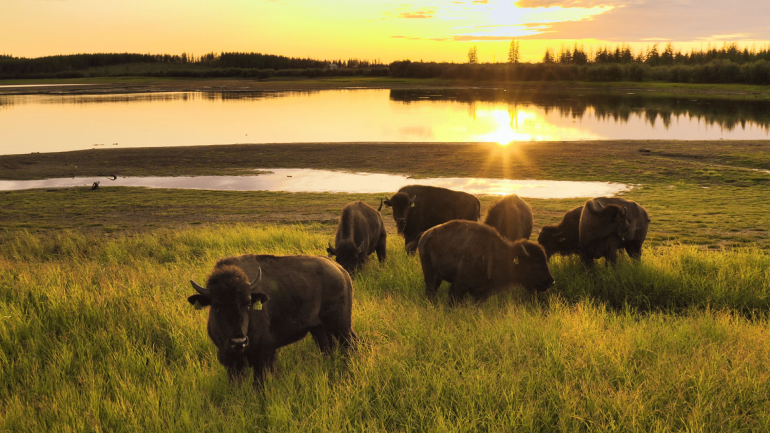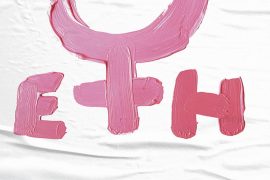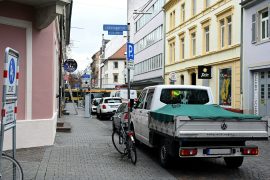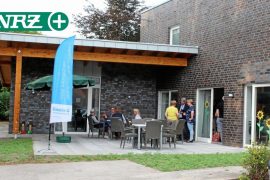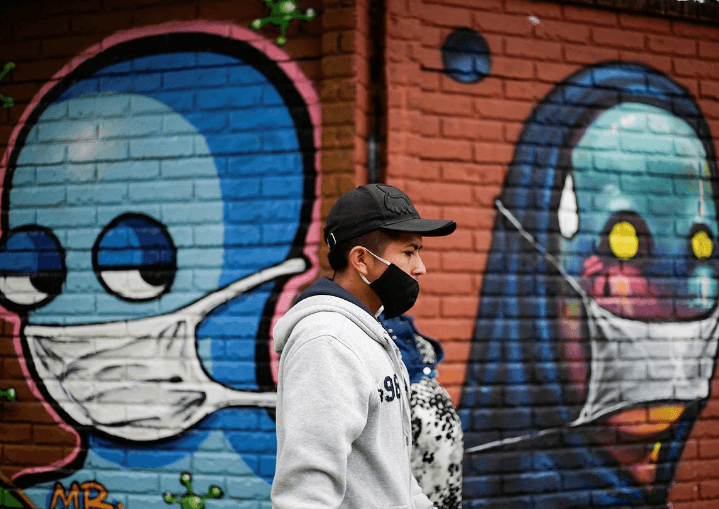the return of vegetarians
Does this all work in practice? Could a mammoth steppe have been developed with animal species still alive today? And if so: does it really have the expected effect on permafrost? To answer such questions, Sergej Zimov established the Pleistocene Park 25 years ago. The Russian government has made available 144 square kilometers of tundra filled with dwarf shrubs, willow bushes and craggy forest for this purpose. This roughly corresponds to the area of cities such as Augsburg or Bonn. A portion of the site was fenced in, along with some naturally occurring mosses. Soon came the first Yakut horses, which are also adapted to the harsh climate of the region. And since then, representatives of new species have been repeatedly added: reindeer and musk oxen, plus yaks, sheep and cold-tolerant Kalmyks cattle.
A bison has also lived in the park since 2011. However, wild cattle at large is not necessarily tolerable; Sometimes it behaves quite aggressively towards other animals. So park employees are placing more hope in the closely related American bison. Twelve of them moved from Detlevsdal Bison Farm in Denmark to Siberia in 2019 and quickly got used to the unusual cold in their new home. Thus the project team has gained important new collaborators. Because bison like to eat trees and thus push back trees and shrubs. Horses, on the other hand, keep the existing meadow open; However, they cannot build themselves without the support of other species.
For the renaissance of the mammoth steppe, it is therefore necessary to put together a team of herbivores that is as effective as possible: animals that can tolerate harsh climates, as independent of humans as possible and vegetation with combined forces. can change. To this end, project initiators are constantly testing new candidates – a time-consuming and costly undertaking. But the unusual idea is gaining more and more support internationally as well.
 Laden…
Laden…© Nikita Zimov, Pleistocene Park (detail)
Permafrost Wall | In Siberia, permafrost extends deep into the ground. But climate change ensures that it melts more and releases more climate-relevant gases.
international support
In Germany, for example, as of early 2021, non-profits Pleistocene and Permafrost Stiftung started his work. “I was immediately fascinated by the idea for the park, and I was wondering how the project might be funded,” says Foundation board member Michael Kurza. Now he and his colleagues are looking for committed supporters for the park, who can advertise the idea as ambassadors or who want to participate in its implementation. Further research is also to be funded. The team also solicits donations from companies. It certainly has interest in business: for companies, greater sustainability and climate protection measures bring an increasingly important image advantage. So why not invest in an unusual project? This money will be used to purchase and transport new animals, as well as personnel and equipment for the park, among other things.
Because the development of biodiversity must continue. The latest additions for the year 2021 are a special breed of Bactrian camel and goat. Neither may have played a major role in the original vast steppe, but the landscape is no longer what it was during the Ice Age. “Today the sites are wetter and more marshy than in the Pleistocene,” says Torben Windirsch. Even if there were real animals of the Ice Age, it is not said that they would be well with them in today’s Siberia.
Mammoth steppe without mammoth?
“Still, Zimov would like to bring back the mammoth,” says the AWI researcher with a wink. After all, these huge trunk animals not only diligently ate during their lifetime, but also compacted the ground and felled entire trees. Even the strongest bison can’t do that these days. Torben Windirsh, however, sees opportunities to bring back a type of mammoth steppe to the area even without mammoths – albeit with different animals and plants than those thousands of years ago.

Web guru. Amateur thinker. Unapologetic problem solver. Zombie expert. Hipster-friendly travel geek. Social mediaholic.

